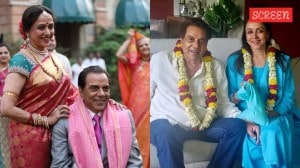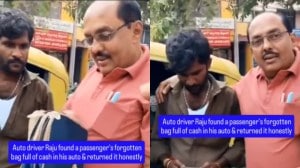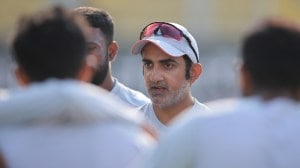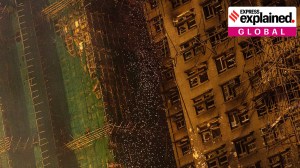Focus on the community
We need to create sustainable institutions that can develop a cadre of human capital trained in all avenues of urban work

With the National Urban Renewal Mission around the corner, and with growing public awareness of the need to both improve existing urban habitats as well as to create newer ones, perhaps it is time to examine whether we have the human capital to address the demand for professionals, which are now needed to work in the urban renewal sector. But before we address the more mundane issues of capacity building of professionals, education, design and such, let us take a look at some deeper issues:
Community building. We have been talking about building the country’s infrastructure for past decade or so, and now we have the India Infrastructure Fund on the horizon. But before the physical planning and construction can begin, we need to build institutions (starting perhaps at the grass roots, Tehsil level) to define what communities want out of their small towns and cities, how they will get a sense of ownership of their neighbourhood and towns. It also means understanding how we can train ourselves to read the signs of democracy at that level and then convert those signs into a sustainable planning and implementation process.
In most examples of mature civil societies, community building begins with the premise that one has to carry people with oneself in whatever changes one may envisage in their living standards and methods – unless the community has a feeling of ownership of its neighbourhood, town or region, any attempt at building infrastructure and sustaining it may not work. Such base-building processes need both grass roots democratic institutions to be established as well as trained professionals to translate the ideas into reality. And both need to work together.
Transparency and accountability. This is linked to fiscal models of development, town maintenance, and both revenue collection and expenditure. Most communities are willing to contribute (either through taxation, or other ways) if they can quickly see the results of their contribution. The concept that taxes are going into a bottomless pit run by an invisible government is no longer acceptable to most. In fact, compliance increases with transparency. Most of our so-called ‘evolved’ municipal bodies do not follow the basics of a double entry system of accounting, leave alone more advanced models of fiscal governance.
Urban economics. An evolved profession in most parts of the west, we still look around when a term like ‘urban economist’ is used. Much like the terms ‘regulatory’ and ‘public-private participation’ were seen two decades ago, ‘urban economists’, ‘municipal finance experts’, and ‘community planners’ are unknown in today’s thinking. Resource management and facility planning in the urban renewal context are also remote and shadowy ideas. We are used to PWD ideas of dig and repair, do what’s required today, and our municipal thoughts are based on quick fix solutions, which are washed away in the next rains.
What should we do?
To begin with, we need to create sustainable institutions which can develop a cadre of human capital trained in all avenues of urban work – not only architects, planners and engineers (who are trained to look after the physical disciplines), but go beyond the realm of physical planning into that of community development.
True, we have the baggage of bad laws, dirty towns, corrupt governance. True, concepts of city planning management have been neglected for the past five decades. True, we need to do some surgery, and it may be painful. But aren’t we moving towards better highways, toll bridges, expressways, communications in each village and lots more? And people are paying for toll roads, for pay toilets. This is easily replicable.
Then, we need to set examples by working bottom upwards – starting with the small Tehsil and district towns and going up to the cities. So, the smaller towns could become models of community-based development, proper fiscal and management planning as also of urban design, town planning, municipal reforms and local governance. Solving problems of Mumbais and the Bangalores will need more complex answers than those of Panipats and Nashiks.
Next: But where are the people?
The author, an architect, is a member of a team drafting Delhi’s building bylaws


- 01
- 02
- 03
- 04
- 05





























